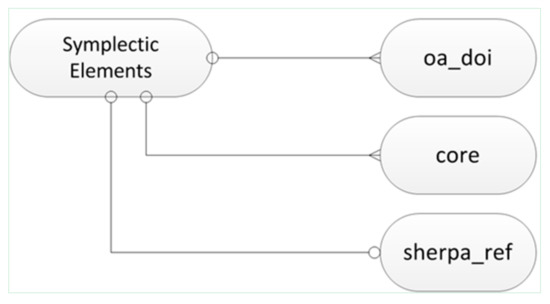Author: David W. Lewis
Comment: This is an interesting article to contrast results we see for gold OA. The article predicted, using business theory, that gold OA would reach 50% between 2017 and 2021, and 90% by 2025. This of course contradicts the saturation (if correct) that we see in gold OA (outside Latin America).
Abstract: Open access (OA) is an alternative business model for the publication of scholarly journals. It makes articles freely available to readers on the Internet and covers the costs associated with publication through means other than subscriptions. This article argues that Gold OA, where all of the articles of a journal are available at the time of publication, is a disruptive innovation as defined by business theorist Clayton Christensen. Using methods described by Christensen, we can predict the growth of Gold OA. This analysis suggests that Gold OA could account for 50 percent of the scholarly journal articles sometime between 2017 and 2021, and 90 percent of articles as soon as 2020 and more conservatively by 2025.
Source: The Inevitability of Open Access | Lewis | College & Research Libraries



